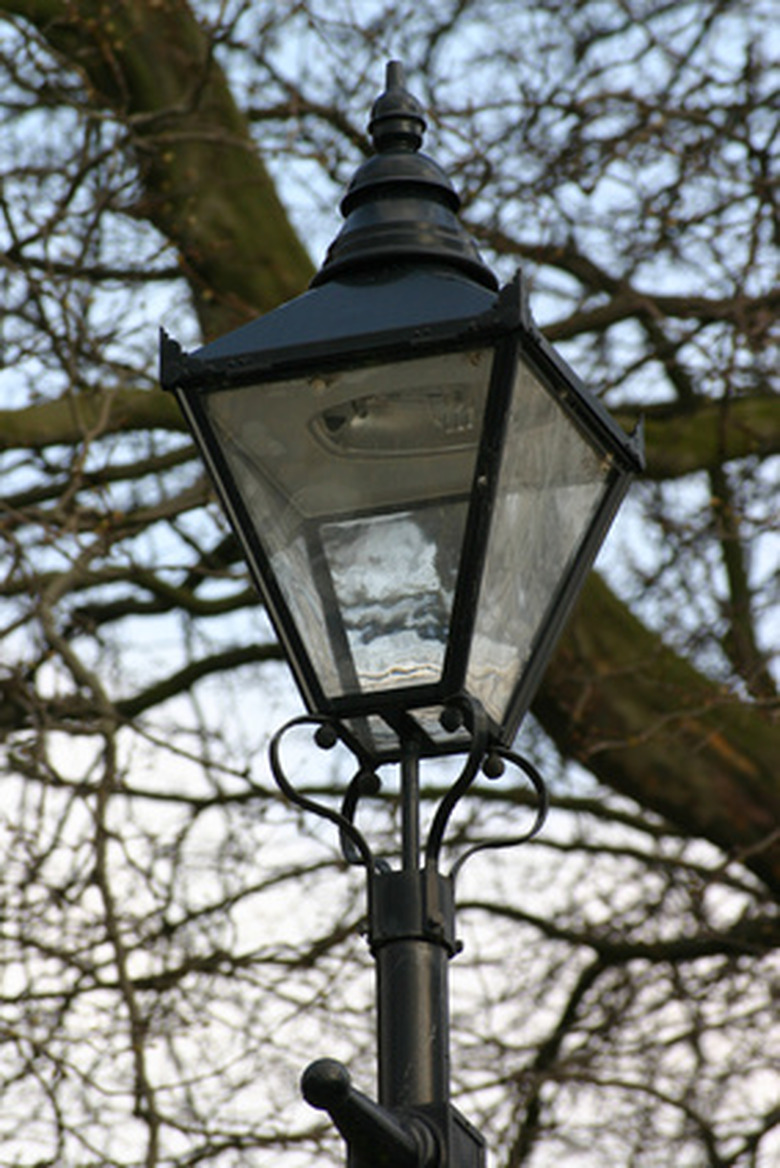Who Invented The Circuit Breaker?
Thomas Edison developed the idea for a circuit breaker in 1879, sketched different concepts in his scientific journals and patented the idea the same year. A circuit breaker disconnects an electrical circuitry by opening a contact when the circulating electrical current reaches levels considered unsafe for the system. Circuit breakers equip every electrical system today, more than 120 years after being invented.
Context
Context
Menlo Park, New Jersey became the center of continuous inventions starting in 1876. Edison built an industrial research laboratory there to work on his new inventions. The work was systematically patented. In the wave of creativity surrounding the industrial implementation of electrical networks, Edison developed the concept of the circuit breaker.
Purpose
Purpose
With the installation of lighting in large cities, Edison realized that short circuits that raised the current to very high levels could damage the filament of the bulbs and destroy them. He explored a couple of options to mitigate this. The first one used fuses with wires that would self destruct under a surge of high current. The second approach involved a mechanical function that would spring open when the current was too high. Contact could be reinstated manually. In the end, Edison elected to go with fuses.
First Installed Circuit Breaker
First Installed Circuit Breaker
In 1898, at the L Street Station of the Boston Electric Light Company, the first circuit breaker featured an oil tank and upward-breaking contacts manually activated. The oil was used to dampen the heat generated from the arc forming between the two open contacts.
Improvement
Improvement
Granville Woods improved upon the design and invented the automatic circuit breaker in 1900. Woods was a self taught African-American inventor who patented many ideas for the railroad industry. His fame comes from devising a way for a train station to communicate directly with train conductors. He became a challenge for Edison who thought that Woods was operating too close to his own space of telegraphy. Edison sued Woods on the grounds of infringement but lost the case.
First Manufacturer
First Manufacturer
Cutter Manufacturing Company manufactured the first circuit breakers in Philadelphia in 1904. This product became very successful under the name of the ITE breaker, standing for the Inverse Time Element breaker. Today's electrical catalogs feature different types of ITE breakers.
Standardization
Standardization
Specifications for circuit breakers did not appear until 1922 leaving a period of 40 years for creative improvisation from electricians and installers (AIEE Standards No. 19). The standards placed boundaries on maximum heat experienced by the breaker and prohibited devices that resulted in "flame-throwing" to reduce fire hazards.
References
Cite This Article
MLA
Gosset, Nathalie. "Who Invented The Circuit Breaker?" sciencing.com, https://www.sciencing.com/invented-circuit-breaker-6529651/. 24 April 2017.
APA
Gosset, Nathalie. (2017, April 24). Who Invented The Circuit Breaker?. sciencing.com. Retrieved from https://www.sciencing.com/invented-circuit-breaker-6529651/
Chicago
Gosset, Nathalie. Who Invented The Circuit Breaker? last modified March 24, 2022. https://www.sciencing.com/invented-circuit-breaker-6529651/
